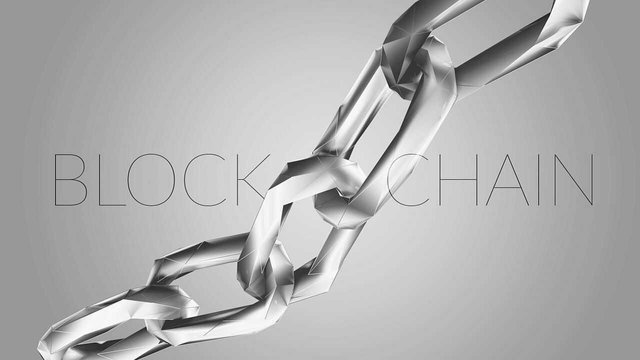Interoperability and Cross-chain Bridges
“Humans build too many walls, but not many bridges”…. Isaac Newton
Ever wondered how a cryptocurrency exchange can be performed on the blockchain with absolute peace of mind, and as well no requirement for a centralized third-party “exchange platform”?
For example, Ann wants to trade 5 bitcoins to Manuel in exchange for 20 litecoins, but Ann knows that if she sends her bitcoin to Manuel, he may run away with it without receiving a single litecoin from Manuel in return. Likewise, Manuel isn’t ready to go down same route of sending his litecoin first to Ann. If we bring in a third party Mike to facilitate this exchange, Mike could as well abscond with the coins too. Neither do they like the fees Mike would charge for the transaction. How do we solve this trust issue on the blockchain?
 Image credit: Wikimedia Commons, Blockchain_Illustration BY Davidstankiewicz CC 4.0
Image credit: Wikimedia Commons, Blockchain_Illustration BY Davidstankiewicz CC 4.0
Blockchain have proved tremendous potential across globe disrupting over 18 industries and sectors, some of which include finance, education, web, cloud storage, identity management, and governance. Despite its prowess, blockchain haven’t found quick adoption in real world businesses. The reason for this is quite obvious. Let’s have a read at two of these major setbacks.
1. SCALABILITY: The inability of being expanded or upgraded on demand. Unscalable blockchains such as the bitcoin blockchain suffers from congestion. Network becomes slow and expensive in transaction fees. As a result, it is impossible to run apps with millions of users and serve practical needs of businesses. An attempt to solve bitcoin scalability problem led to development of lightning network. New Protocol like DasCoin has solved scalability issues. With blockchain based on the graphene technology, the DasCoin blockchain can process over a 100,000+ transactions per second and a maximum time of 6seconds transaction confirmation time.
DasCoin is a hybrid blockchain which combines the best of centralized technologies and the best of decentralized technologies while eliminating their weaknesses.
2. CONNECTIVITY: Every blockchain has its own ecosystem, users, decentralized apps “Dapps”, and a native token or currency. Existing Blockchains operate in segregation and do not communicate with each other. Connecting a bitcoin blockchain to a litecoin blockchain is simply a wonder to behold, paving way for features like atomic-swap, switching and transferring of assets from chain to chain. Thus, a lack of interoperability is a great obstacle to the mass adoption of blockchain technology. Protocols like Wanchain, POA network and Fusion are some of the blockchain technologies pioneering to solve this problem. Wanchain is a digital innovative platform allowing for the exchange of assets across different blockchain network.
SIGNIFICANT VALUE OF CROSS-CHAIN BRIDGES
Pre-bridges era has been plagued with absolute no mean of transferring funds or assets directly between blockchains. Many projects built or hoping to be built on the Ethereum blockchain, in a matter of time would find themselves handicapped to transaction fees on the congested network. With cross-chain implementation, having your project and business built on a particular network doesn’t mean that you can target only the users and clients on that network. With cross-chain, values can now travel flawlessly between two compatible chains.A USE CASE OF CROSS-CHAIN BRIDGES
Conduction of crowdsales or tokensales is a typical use case of cross-chain. Pioneered by the the POA network, the POA team implemented cross-chain crowdsale contracts by collecting funds on the main ethereum network while issuing tokens on another which is a high performance and cost effective ethereum compatible POA network.ATOMIC SWAPS
The trust problem faced by Ann and Manuel is solved by atomic swap.Atomic swap can be seen as a trustless exchange of different funds and cryptocurrencies directly between transacting parties with no trusted third-party at the centre, such as an online exchange. Atomic in this context means that transaction is guaranteed to either be completed successfully or fail totally while securing funds of parties involved. Therefore no fund is lost in the process as they are returned perhaps if there is any failure in transaction.
THE FUTURE IMPLICATION OF ATOMIC SWAPS
Atomic swaps totally eliminate the need for dependence on online exchanges to facilitate exchanges of cryptocurrencies. Cross-chain transaction is decentralized across lighting network. Atomic swap is a disadvantage to online exchanges even though they would still be required to facilitate exchange of cryptocurrencies for fiat money. Atomic swap is a great news for cryptocurrrency users.CONCLUSION
Cross-chain bridges can be considered as a one-step,paving way to the internet of blockchains, opening doors for freedom and pending more utilities.